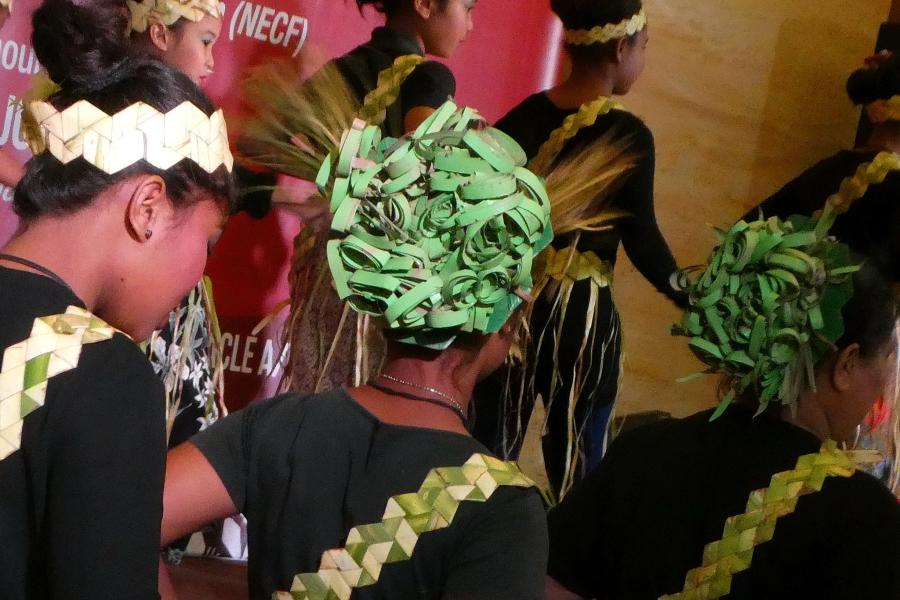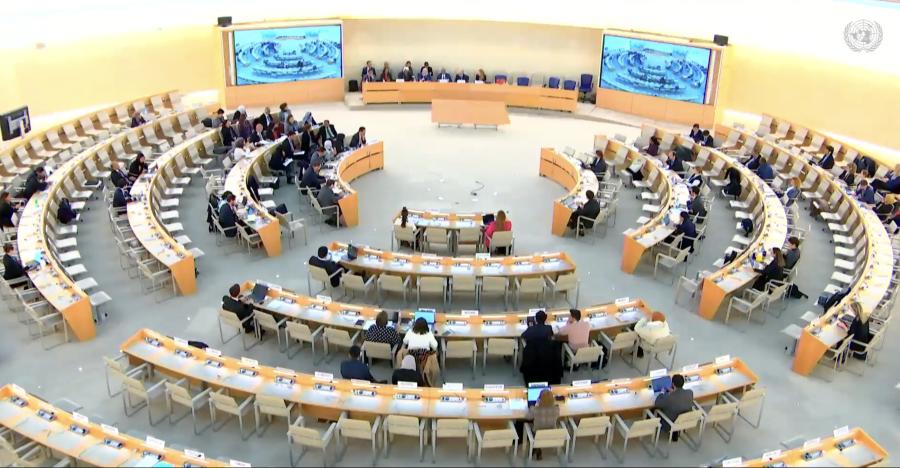In Sarawak, Penan can get arrested for possessing a map. Maps have always been both symbols and instruments of power. After flag raising came the naming of places to express possession for the gratification of distant patron of exploratory expeditions. Now, a revisionist tendency is reasserting itself: indigenous peoples are using maps to re-name and reclaim their lands. Their maps remain instruments of power, but a creative and restorative power, reflected in these articles about "re-map-ping" "power-mapping," "counter-mapping," "defending the land with maps." bernard Neitschmann says it aptly: "More indigenous territory can be reclaimed and defended by maps than by guns."
Geomatics is a new branch of digital information technology for acquiring, analyzing, and manipulating earth images. It has already attained self-mystification, cloaked with protective jargon, as earth images become "draped," "rubberized" and "stretched". It looks so wonderful, what the hightech hustlers do with the images on the screen. But, like most technologies, it can go both ways. This collection of articles reflects how people from land based communities are using geomatics in imaginative ways to address the question: how can we live off this land and keep it well?
The same question is addressed by the conservation movement from a different quarter. A few years ago it was fashionable to talk about convergence between indigenous people and conservationists. That was mostly conservationists talking. It would be wonderful if true, but it rests in the imagination. In reality, the two are neither convergent nor divergent. They remain in parallel, curiously oblivious of each other. Conservationists are talking about community-based conversation; indigenous communities are doing it.
Mapping and geomatics work in two complementary ways. At one extreme, there are maps made on the ground with natural materials. They look beautiful and are as ephemeral as the conversations they inspire. Often used in conjunction with participatory rural appraisal or gender-mapping, they express different perspectives on what is significant in villages and landscapes. They serve to mobilize local talents and resources - and sometimes provide a medium for airing and resolving local tensions. Mapping signifies what is happening within communities.
Geomatics - satellite and other forms of aerial imagery - is quite different. Most useful when it amplifies local capabilities to monitor and protect traditional land, geomatics serves to assist land based communities in responding to external pressures and concerns, rather than mobilizing internal energies.
Those indigenous people who have succeeded in getting their land rights recognized have invariably only recovered a fraction of their ancestral lands. Even so, the people-to-land ratios that emerge from land settlements may present problems, not so much in caring for these lands but in protecting them. For example, 470 Menkragnto Kayapo have regained control over 4,400,000 hectares - about 10,000 hectares per person. Once demarcated, indigenous land does not become territory that outsiders will automatically respect, but rather than outsiders will automatically respect, but rather territory that its occupants can legitimately defend, perhaps, calling upon outside assistance in doing so.
The utility of geomatics need to be judged within this pragmatic framework. The most urgent problems facing indigenous peoples are how to get others to respect their land rights, how to democrat those lands, and how to monitor and protect them. Strategies to address these issues include generating maps to articulate traditional knowledge and and express ancient patterns of occupancy. The clever use of global positioning satellite receivers converts this information into cartographic forms which the relevant government agencies find digestible - or at least difficult to dismiss.
Geographic information system technology is a powerful instrument for planning and management, and land based communities are demonstrating how it can be used imaginatively to converse traditional knowledge and engage all generations in that process. But it is a passive technology, for processing information rather than acquiring it. For now, the geomatic gadget that makes the difference is the global positioning system receiver. In the world of mapping, it promises an impact equivalent to that of the transistor radio in communications.
Article copyright Cultural Survival, Inc.


